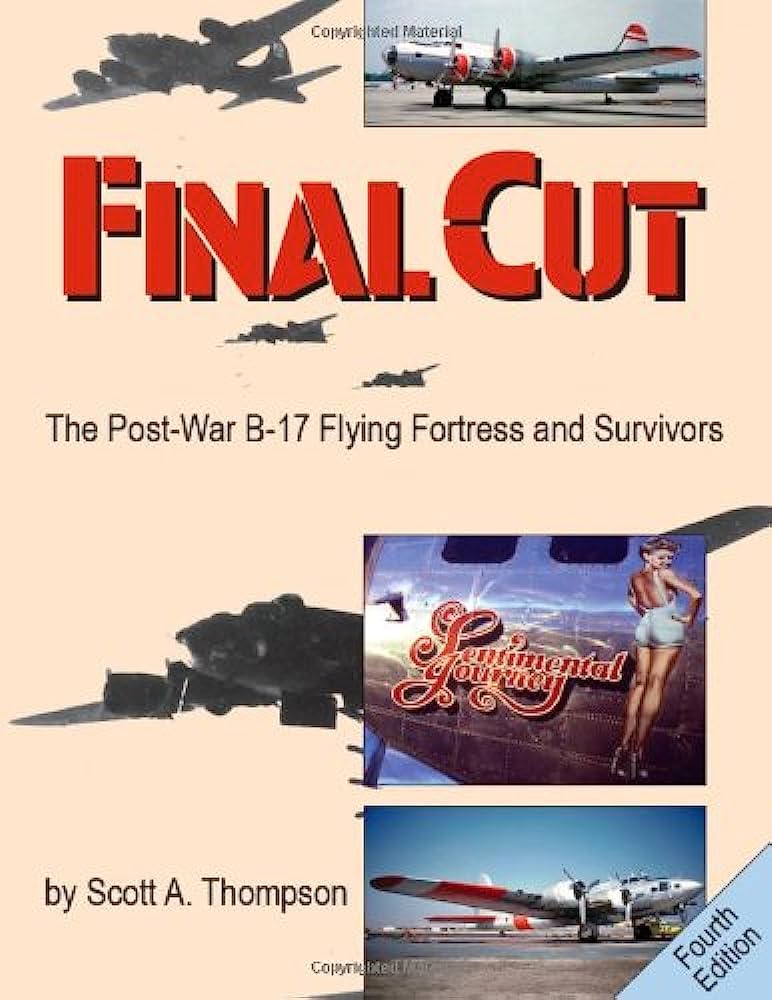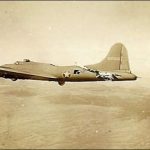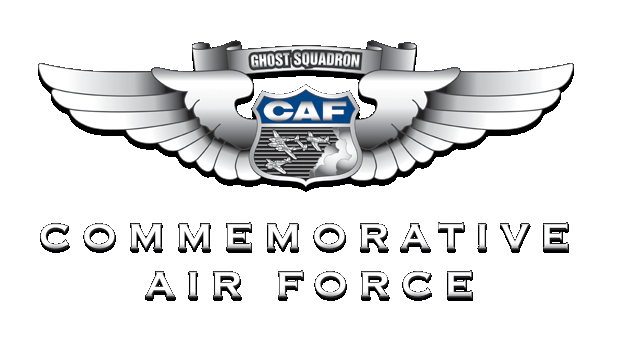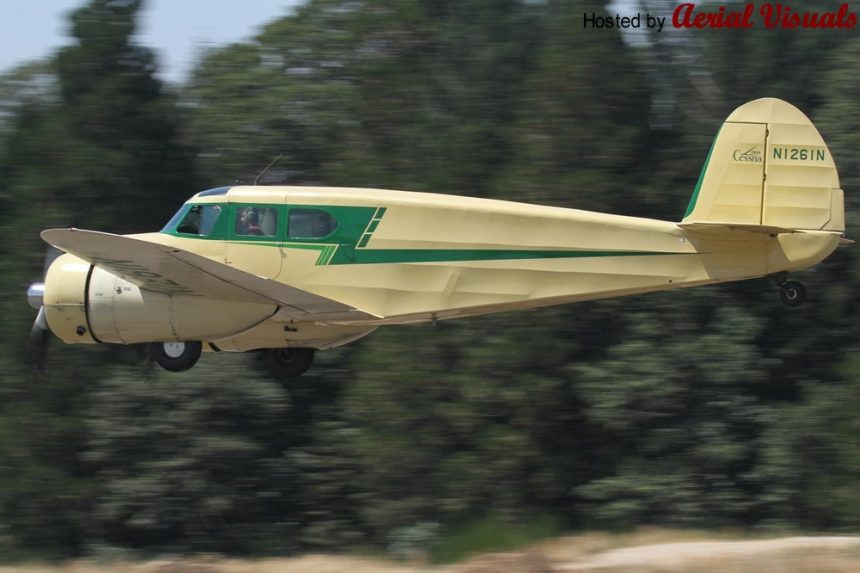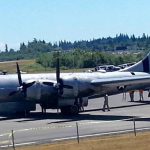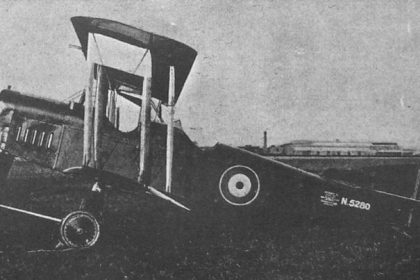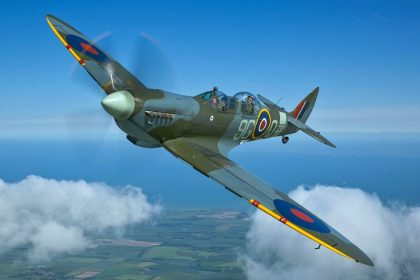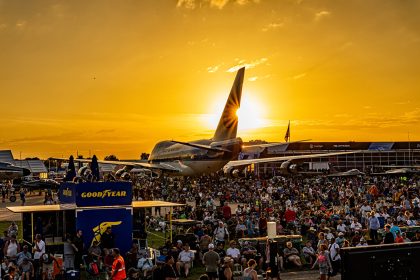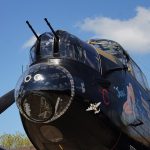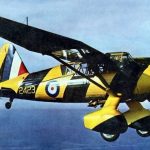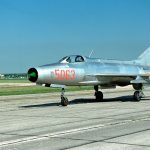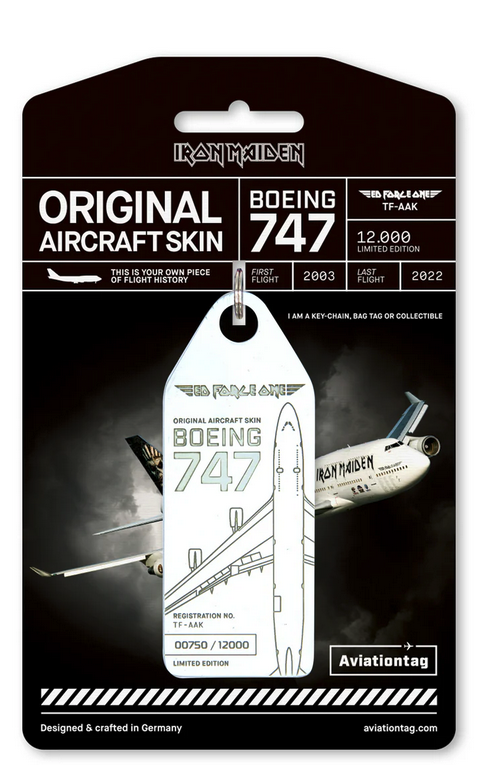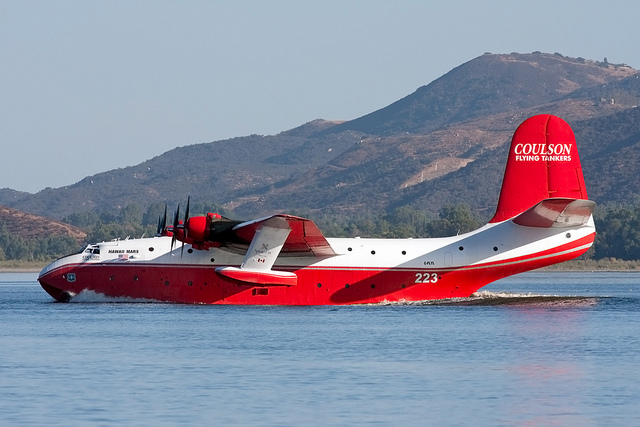A 1942 Cessna T-50, known as the Bobcat in U.S. Army Air Forces service and the Crane in both RAF and RCAF use, has found a new home with Vintage Wings of Canada, based in Ottawa, Ontario. The twin-engine aircraft has spent the past decade at Lincoln Regional Airport in California and is slated to be ferried to Ontario in July 2025.
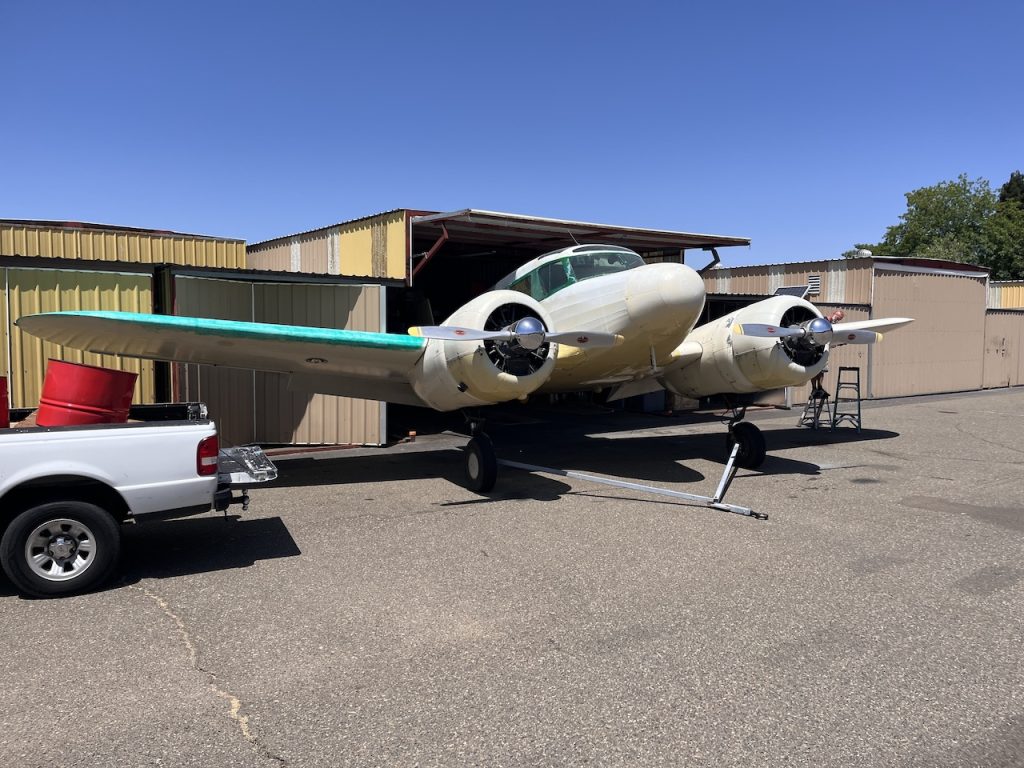
This particular T-50 was built by Cessna in Wichita, Kansas, under manufacturer’s serial number 2319. It was delivered to the U.S. Army Air Forces on February 25, 1942, as AT-17A 42-13635, at a contract cost of $28,394. Constructed primarily of wood, plywood, and fabric, the aircraft was assigned to the Royal Air Force under Lend-Lease as FJ118 but delivered directly to the Royal Canadian Air Force, where it became Crane Mk. IA RCAF 8769. Approximately 571 Cranes were operated by the RCAF during the Second World War. (While some sources identify this aircraft as FJ119/RCAF 8770, Cessna’s own delivery records confirm it as FJ118/RCAF 8769.)
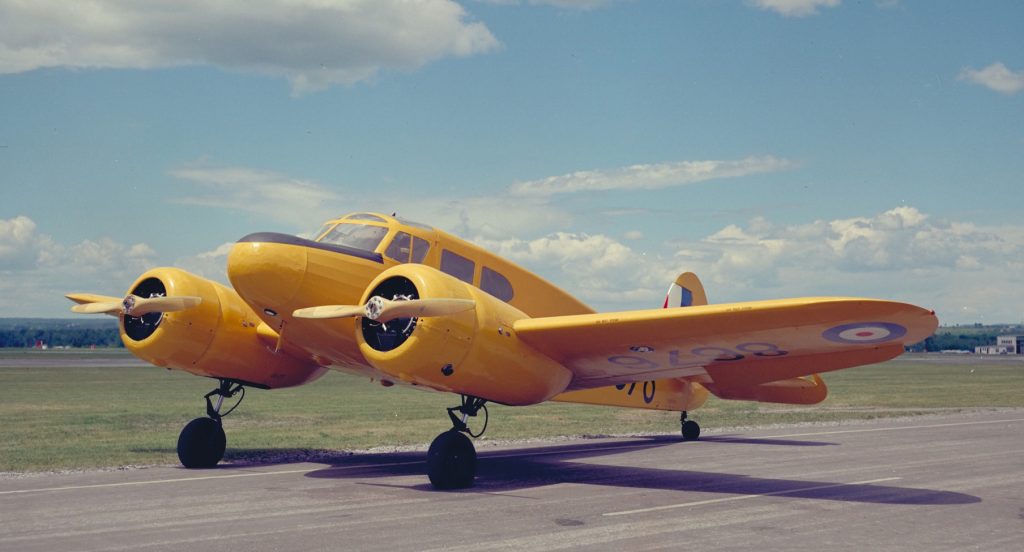
RCAF 8769 served with a Canadian training unit for the duration of the war—likely at Claresholm, Alberta—and was involved in a minor incident in June 1942. It was declared surplus in September 1946. In 1949, the aircraft was sold by the Canadian War Assets Corporation to a sheriff in Saskatchewan, though it never appears to have been registered for civil use in Canada. In 1956, the Crane was exported to the United States, where it received the civil registration N1261N. Its earliest known American owner was Arthur Banko of Seattle, Washington, who retained the aircraft until 2012. At that time, it was acquired by Andy Bibber, then based in Washington State. Remarkably, the airframe had logged just 350 flight hours at the time of his purchase. Bibber flew the aircraft extensively over the following years—from Maine to Key West—and eventually based his operation, Adventure Flight, at Lincoln Regional Airport in California. There, he offered flight experiences in a range of vintage aircraft, including the T-50, an SNJ Texan, and a Navy N3N biplane. Under Bibber’s ownership, the Crane accumulated an additional 400 flight hours.
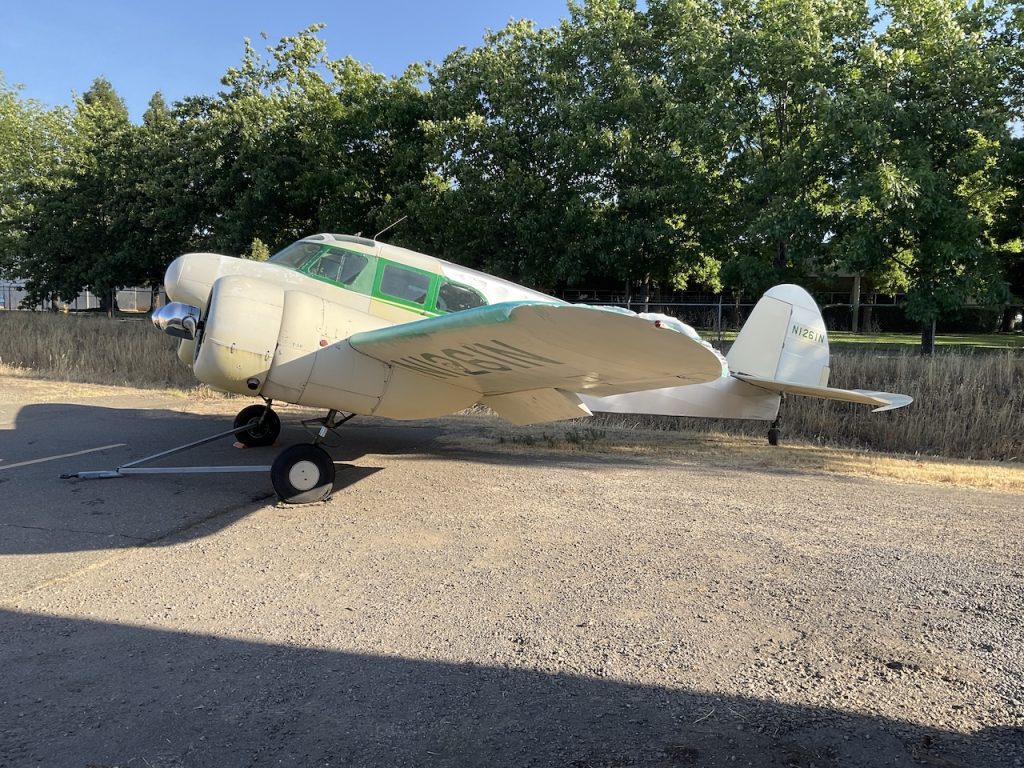
Several years ago, Bibber sold the T-50 to a buyer in the United Kingdom with initial plans to attempt a transatlantic ferry flight. Those plans fell through, and the aircraft remained parked outside at Lincoln, exposed to the elements and showing signs of wear. Its fortunes changed recently with its acquisition by Vintage Wings of Canada—a volunteer-run organization that operates a fleet of historic aircraft significant to Canada’s aviation heritage, including Hurricanes, Spitfires, Harvards, and Chipmunks. Until now, the Crane was a notable absence from their lineup.

In recent weeks, Bibber has returned to the Lincoln Airport to prepare the aircraft for its cross-country journey. The work has included minor structural repairs, fabric replacement, and a full annual inspection. Once ready, Bibber will ferry the “Bamboo Bomber” from California to Ottawa, where it is expected to be restored to its original RCAF markings and paint scheme—just as it appeared more than 80 years ago.
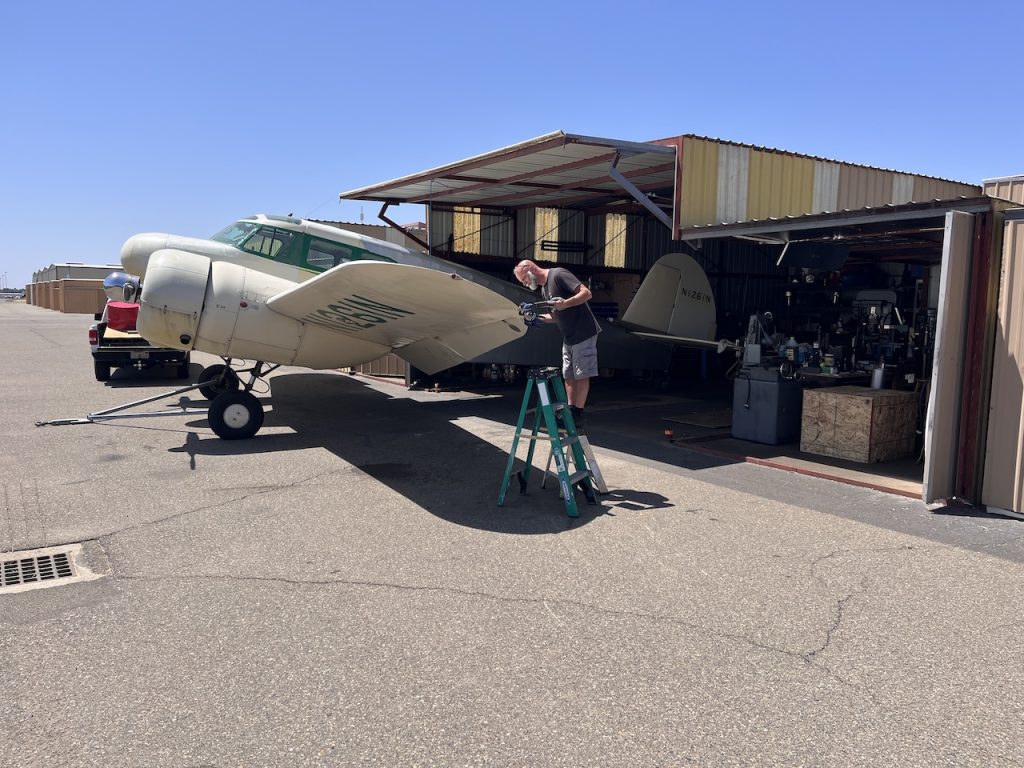
Acknowledgments Many thanks indeed to Scott A. Thompson from Aero Vintage Books for allowing us to reproduce this article… his book, Final Cut: The Post-War B-17 Flying Fortress and Survivors as well as other titles are the gold standard when it comes to the airframe history it describes!
